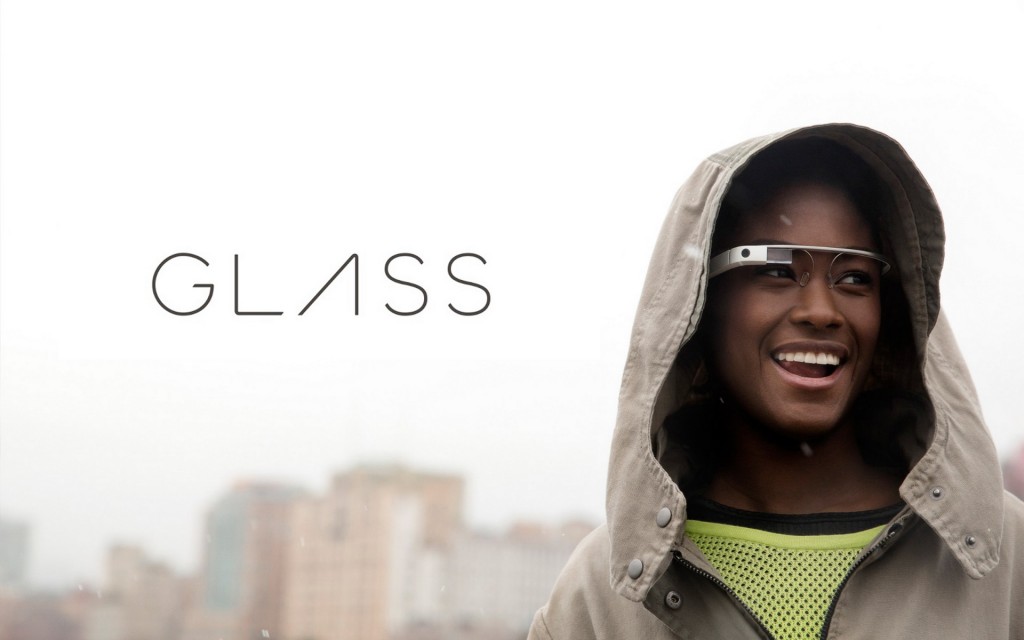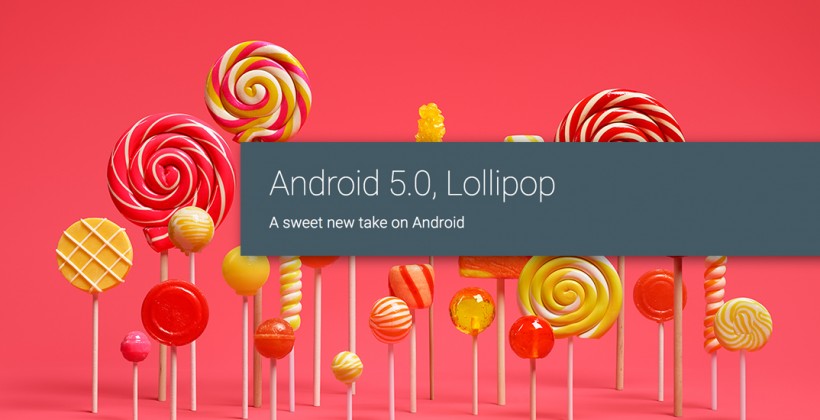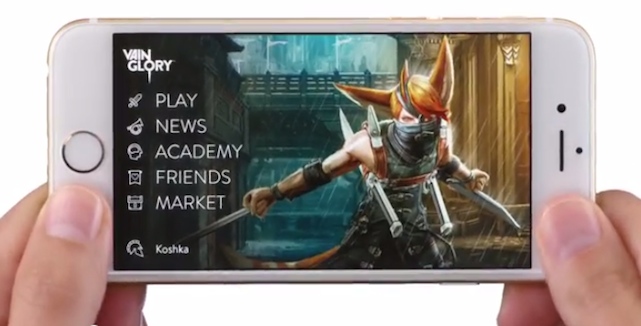You might remember how Google unceremoniously laid Google Glass to rest a few weeks back. Despite having its share of supporters, the ill-fated smart eyewear was met with a largely negative reception from users who questioned its usefulness as well as the risks of invasion to privacy it possessed.
Google hasn’t stated if they’re resurrecting Glass anytime soon, but the company recently shared a few thoughts on why it didn’t work in the first place. Speaking at the South by Southwest event in Austin, TX, this week, Astro Teller, a lead scientist at the Google X laboratory, discussed his team’s missteps and why they matter. According to Teller, Google made a critical mistake in how it communicated the program’s mission to the public.
“The great decision is that we did the Google Glass Explorer program—that was absolutely the right thing to do,” Teller said. “The thing that we did not do well—that was closer to a failure—was that we allowed and sometimes even encouraged too much attention for the program.”
“The bad decision was that we allowed and sometimes even encouraged too much attention for the program. Instead of people seeing the Explorer devices as learning devices, Glass began to be talked about as if it were a fully baked consumer product. The device was being judged and evaluated in a very different context than we intended — Glass was being held to standards that launched consumer products are held to, but the Explorer edition of Glass was really just an early prototype. ”
To be fair, though, Google Glass isn’t the only Google X project that has experienced a similar public misperception. In fact, a lot of Google X’s recent forays have been widely publicized and, often, criticized. That includes drones and everyone’s favorite punching bag, self-driving cars. With these hard-learned lessons, hopefully Google will have a better plan for Google Glass 2, whenever that is.



